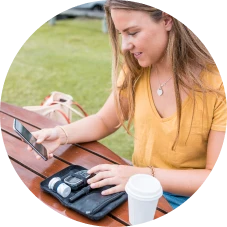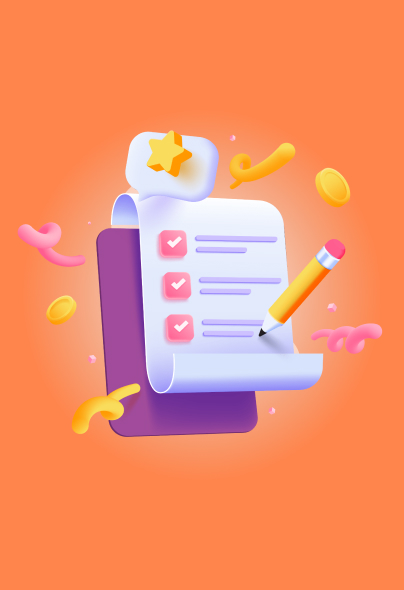The NDSS is administered by Diabetes Australia
- /
- Driving
Good news! If you have type 1 diabetes, you can still get your driver’s licence.
You’ve probably been studying up on the road rules to keep you and everyone else safe. But, there’s some diabetes road rules too.
Here’s what you need to do to get your driver’s licence and stay safe on the road with type 1 diabetes:













Hypos can happen quickly. A hypo is a blood glucose level below 4 mmol/L. But when you’re driving, you should treat any blood glucose level below 5 mmol/L like a hypo.
Hypos can happen to anyone taking insulin. Driving with a hypo is a danger to yourself and others. Hypos when driving can usually be avoided by following these guidelines.
Always check your blood glucose before you drive. Never drive if your blood glucose is under 5 mmol/L.
If you have any concerns pull over and wait until your blood glucose level is above 5 mmol/L before driving again.



Immediately eat or drink at least 15 grams of fast-acting carbs.

Wait 10-15 minutes and check your blood glucose level again. Repeat steps 3 and 4 if needed until your blood glucose is above 5 mmol/L.

Once your blood glucose is above 5 mmol/L, eat a longer-acting carb food (examples below).

Wait 30 minutes and check your blood glucose level again before driving.
Jellybeans (6-10)

Fruit juice (150-200 mls)

Soft drink (150-200 mls) – Not diet or low calorie drink

Glucose tablets (2-4)

Lucozade (100-200 mls)

Glucose gel (one sachet)
A piece of fruit

Whole grain bread

A muesli bar
Dried fruit
Some people have difficulty feeling the early symptoms of a hypo, even when their blood glucose level is very low. This is called reduced awareness of hypoglycaemia or hypo unawareness.
This is serious because it increases the risk of having a severe hypo.
Even if a mild hypo isn’t recognised and treated, blood glucose levels may drop quickly and without warning.
People with hypo unawareness can become confused, drowsy and even unconscious without knowing their blood glucose levels are too low and dropping.
People with this condition often can’t get a licence to drive. Sometimes getting a special conditional licence is possible if the diabetes doctor says it’s safe. For example, if they use a sensor glucose monitoring device that alarms when the blood glucose level drops too low for driving.
If you have hypo unawareness, it’s even more important to check and keep your blood glucose levels above 5 mmol/L before and during driving.

Hyperglycaemia (high blood glucose) can also affect your driving. This is because hyperglycaemia can cause tiredness, blurred vision, and problems with making decisions.
If you feel unwell and your blood glucose level is above your target range, don’t drive.
Diabetes and driving
This information is intended as a guide only. It should not replace individual medical advice. If you have any concerns about your health, or further questions, you should contact your health professional.


Time is Up!

Time's up